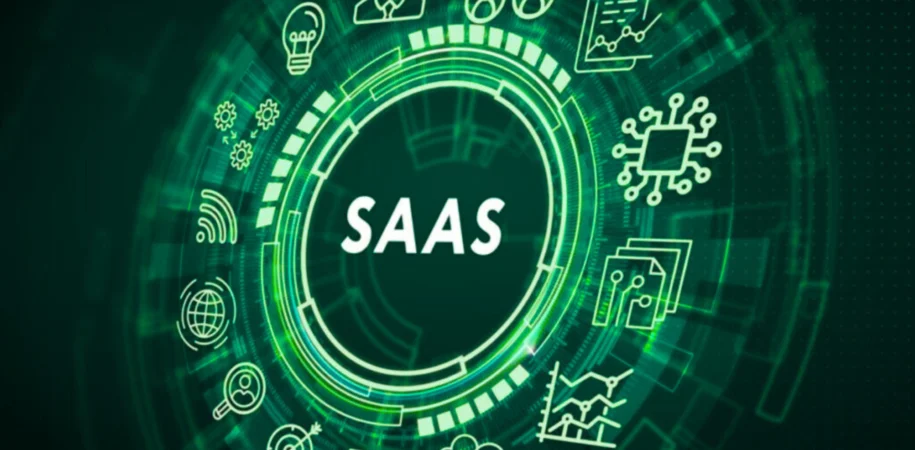Software-as-a-Service (SaaS) is a cloud-based service where instead of downloading software on your desktop to run and update, you instead access an application via an internet browser. SaaS is a software distribution model in which applications are hosted by a service provider and made available to customers over the internet.
This model eliminates the need for organizations to manage physical infrastructure and software updates, as everything is handled by the provider.
1. Popular SaaS Products
• Salesforce: A leading customer relationship management (CRM) platform that helps businesses manage customer interactions and data.
• Google Workspace: A suite of productivity tools including Gmail, Google Drive, and Google Docs, allowing for collaboration and cloud storage.
• Microsoft 365: A cloud-based suite offering various productivity tools such as Word, Excel, and Teams.
• Slack: A collaboration tool that facilitates communication and project management within teams.
• Zoom: A video conferencing tool widely used for virtual meetings and webinars.
2. Common Use Cases for SaaS
• Customer Relationship Management (CRM): Tools like Salesforce or HubSpot help manage customer interactions and data.
• Enterprise Resource Planning (ERP): Platforms like SAP S/4HANA or NetSuite provide integrated business management solutions.
• Collaboration and Communication: Applications such as Slack, Microsoft Teams, and Zoom facilitate team communication and collaboration.
• Accounting and Finance: Services like QuickBooks and Xero handle financial management and accounting tasks.
• Human Resource Management: Systems like Workday or BambooHR manage employee information, payroll, and benefits.
3. Difference Between SaaS and Non-SaaS
• Deployment: SaaS applications are hosted in the cloud and accessed via the internet, whereas non-SaaS (traditional) software is typically installed locally on a user’s hardware.
• Maintenance: SaaS providers handle all maintenance, updates, and troubleshooting. For non-SaaS software, the user is responsible for these tasks.
• Cost: Often operates on a subscription model, providing flexibility and scalability. Non-SaaS software usually requires a one-time purchase or licensing fee.
• Accessibility: SaaS applications can be accessed from any device with an internet connection, while non-SaaS software is restricted to the device it is installed on.
4. How SaaS Works
SaaS operates on a cloud computing model where the software application is hosted on remote servers rather than on a user’s local computer. Users can access the application through a web browser, eliminating the need for physical installations or local servers. The provider manages the infrastructure, including servers, storage, and networking. They also handle software updates, security, and support. These type of software typically employs a subscription-based model, where users pay for the service on a recurring basis.
5. Advantages of SaaS Platforms
• Cost-Effective: Reduces the need for upfront investment in hardware and software, with predictable subscription costs.
• Flexibility and Scalability: Easily adjust resources and services based on demand without needing physical hardware changes.
• Automatic Updates: Regular updates and patches are managed by the provider, ensuring that the software is up to date with the latest features and security measures.
• Accessibility: Users can access applications from any device with an internet connection, facilitating remote work and collaboration.
• Reduced IT Burden: Less need for in-house IT support, as the provider manages the infrastructure and maintenance.
6. Key Considerations When Choosing a SaaS Provider
• Security: Evaluate the provider’s security measures, data encryption, and compliance with regulations such as GDPR.
• Reliability: Check the provider’s uptime guarantees and disaster recovery plans to ensure service continuity.
• Integration: Ensure the application integrates well with your existing systems and tools.
• Support: Look for providers that offer robust customer support and training resources.
• Customization: Assess whether the SaaS solution can be customized to meet your specific business needs.
7. Three Main Cloud Service Models
• SaaS: Provides complete, ready-to-use software applications. Users access applications via a web browser and do not manage underlying infrastructure. Ideal for end-users who need functional software without the hassle of maintenance.
• PaaS: Offers a development platform with tools and services for building, testing, and deploying applications. Developers use PaaS to create custom applications while the provider manages the underlying infrastructure.
• IaaS: Provides virtualized computing resources, allowing users to manage their own applications, operating systems, and infrastructure. It offers the most control and flexibility for users who need to build and manage their own IT environments.
FAQ (Frequenly Asked Questions)
SaaS (Software-as-a-Service) is a cloud-based model where software applications are hosted and managed by a service provider and accessed via the internet. Unlike traditional software, which is installed locally on a user’s device and requires manual updates, SaaS applications are accessed through a web browser, with the provider handling updates, maintenance, and infrastructure.
Common examples include Salesforce (CRM), Google Workspace (productivity tools), Microsoft 365 (office suite), Slack (team communication), and Zoom (video conferencing).
SaaS applications are hosted on remote servers by the provider. Users access the software via an internet browser, with all data and processing occurring on the provider’s servers. The provider manages the application’s infrastructure, security, updates, and maintenance.
SaaS offers several advantages including cost-effectiveness, scalability, automatic updates, accessibility from any device with an internet connection, and reduced IT burden as the provider manages infrastructure and maintenance.
SaaS (Software-as-a-Service): Provides complete software applications over the internet, with users accessing the software through a web browser.
PaaS (Platform-as-a-Service): Offers a platform for developers to build, deploy, and manage applications without handling the underlying infrastructure.
IaaS (Infrastructure-as-a-Service): Provides virtualized computing resources over the internet, such as servers and storage, with users managing the operating systems and applications.
Consider factors such as security measures, reliability, integration capabilities, customer support, and customization options. Ensure the provider aligns with your business needs and compliance requirements.
Emerging trends include increased integration of AI and machine learning, the rise of vertical solutions tailored to specific industries, API-first designs for better integration, and enhanced security measures.


